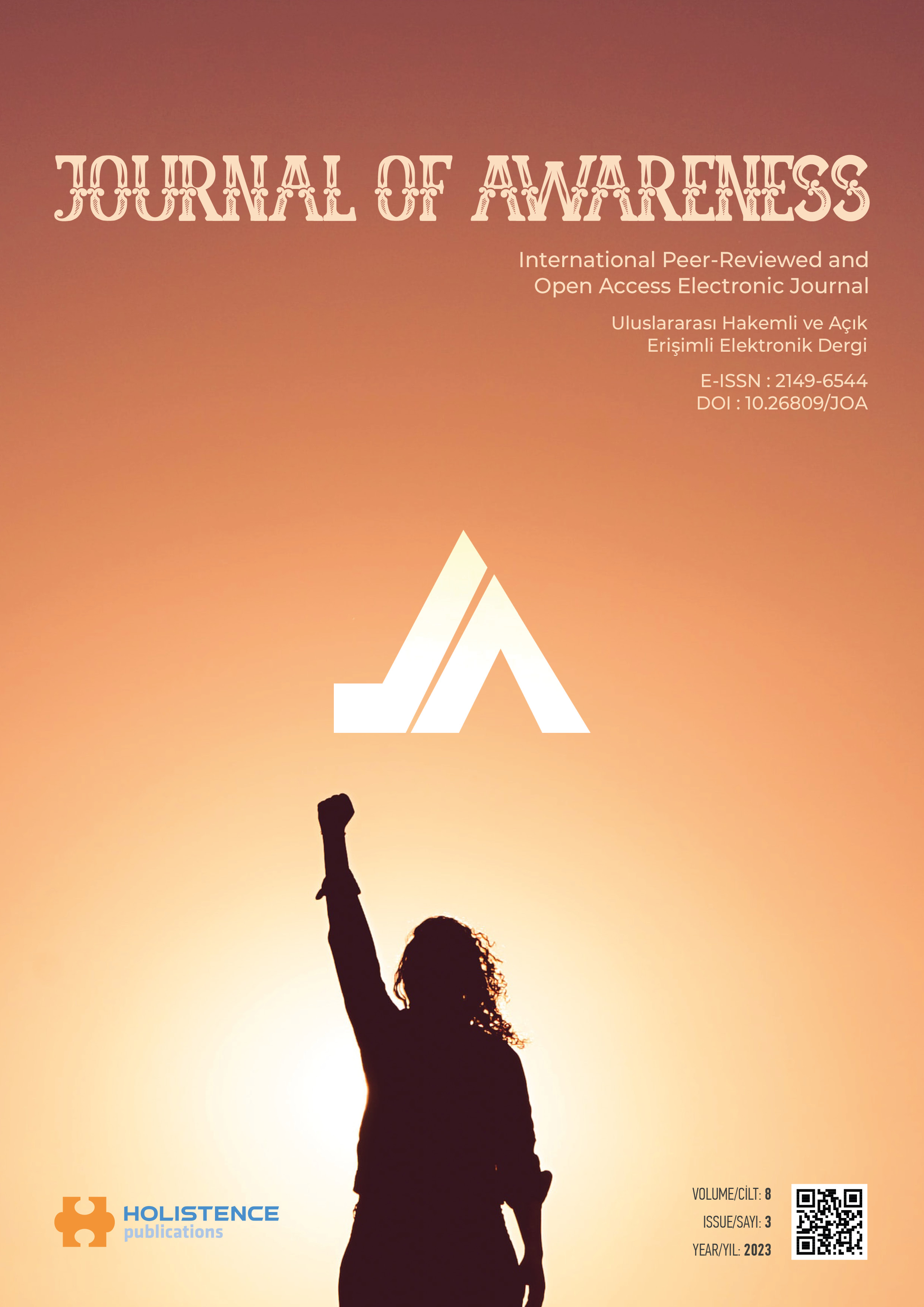COVID-19 sonrası kentlerde ulaşım planlamasında ara toplu taşımanın önemi
The significance of intermediate public transportation in post-COVID-19 urban transportation planning
Author(s): Merve Akı Yaman, Adem Erdem ERBAŞ, Pelin AlpkökinSubject(s): Crowd Psychology: Mass phenomena and political interactions, Health and medicine and law, Sociology of Culture
Published by: Rating Academy
Keywords: COVID-19; Public Transportation; Paratransit; Intermediate Public Transportation; Informal Transportation; Travel Behaviors;
Summary/Abstract: The transportation system provides various land use functions in cities and plays a significant role in shaping the urban macroform, and public transportation ensures the balance between demand and supply. In situations where supply does not meet demand, then the transportation needs for mobility are not met. This situation has caused the emergence of special operators and intermediate public transportation systems to meet demand worldwide, specifically in the cities of Sub-Saharan Africa, Latin America, Asia, and Eastern Europe. Throughout the last few decades, various public transportation policies were implemented in urban areas to relieve traffic congestion, provide road security, and increase urban life quality. As a result, increasing the share of public transportation distribution and decreasing congestion costs have become possible (Small, Verhoef, and Lindsey 2007). Some public transportation policies involve the organization of intermediate public transportation systems and their adaptation to the inner-city transportation system. However, with the World Health Organization (WHO) declaration of COVID-19 as a global pandemic on March 11, 2020, the implementation of government restrictions and lockdowns in cities all around the world resulted in sudden declines in traveling demands. Most of these declines were associated with public transportation. By evaluating the literature published during the first wave of COVID-19 at the beginning of the spring and summer of 2020, the second wave that started in October 2020, and the third wave that pushed many countries in the spring of 2021 to re-implement lockdown prevention, this article presents a current status analysis of public transportation, particularly intermediate public transportation systems. The main findings are summarized under eight main titles: the effects of the COVID-19 pandemic on public transportation and shared mobility, its effect on intermediate public transportation and regional development, its effect on passengers in the context of social concern, its effects on passengers concerning their socioeconomic status, its effect on the business and organizational structure of public transportation, its effects regarding environmental quality, technological situation, and urban planning.
Journal: Journal of Awareness (JoA)
- Issue Year: 8/2023
- Issue No: 3
- Page Range: 321-337
- Page Count: 17
- Language: Turkish

